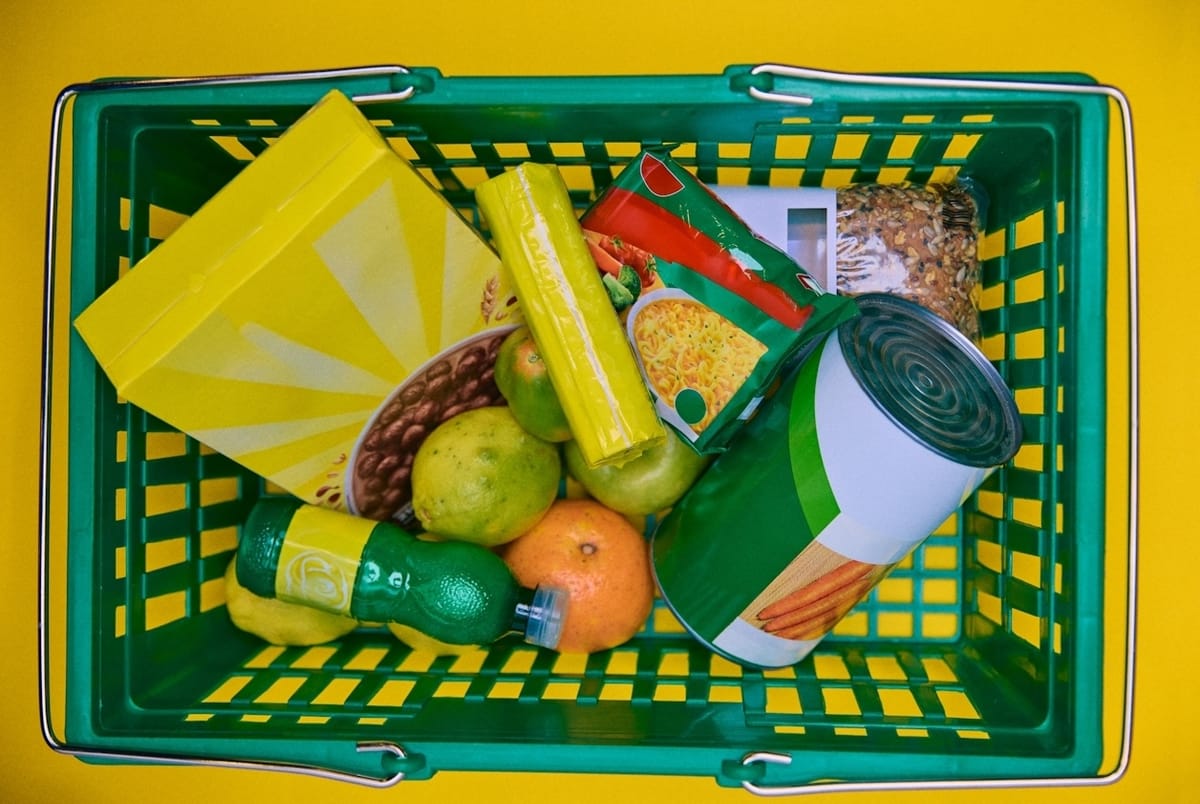Inside Big Food’s Surprising R&D Process
Plus: An AI mobile game to make servers “more productive.”

I recently took a two-day course on sensory analysis at Rutgers University — and it kind of broke my brain.
For the uninitiated: Sensory analysis, or sensory evaluation, is a whole field of study that uses psychology, physiology, and statistics (heavy on the statistics) to interpret all of the squishy, amorphous, qualitative data that’s based on feedback from real people.
Can you really quantify how delicious something is? Or if a snack really tastes “more cheesy” or “more crispy” than another? Sensory analysis says you can. If you ask enough people to give you a rating, you can use statistics to churn out real numbers and approximate data that can be used for business decisions or scientific feedback.
For example, when a Big Snack Company sets out to develop a potato chip, they’ll rely on their sensory analysis department to collect data from a test panel on how consumers react to different formulations of the chip. They'll assess the numbers they need to prove which version is worth investing in and putting on grocery store shelves. Which chip got the highest praise for the cheapest formulation? That’s just a few calculations away.




